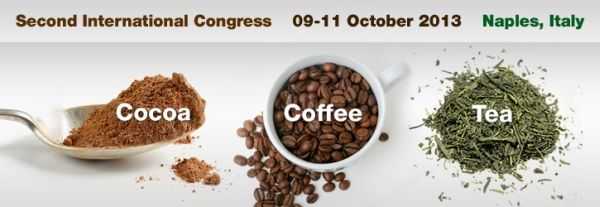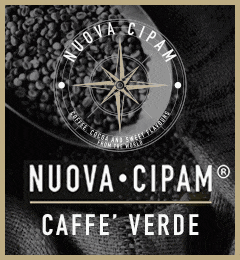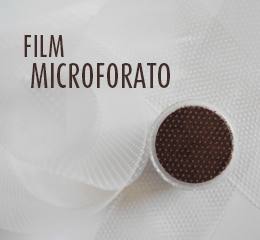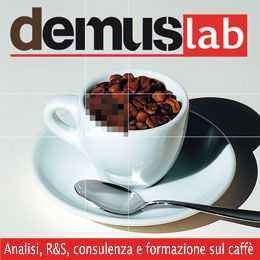Coimbra M.A.1, Moreira A. 1, Passos C.P.1, Simões J.1, Nunes F.M.2, Domingues M.R.1 1QOPNA, Department of Chemistry, University of Aveiro, Aveiro, Portugal. 2UTAD, Department of Chemistry, University of Trás-os-Montes e Alto Douro, Vila Real, Portugal.
Polysaccharides are the most abundant constituents of coffee beans [1].
They account for about 50% of the beans’ dry weight. Galactomannans represent for about 50% of the coffee bean polysaccharides and the second most abundant are type II arabinogalactans, usually covalently linked to proteins.
Structural studies of various acetylated mannans showed that lower branching, shorter chains, and higher acetylation seem to promote their immunostimulatory activity [2]. Also, the arabinogalactans have shown immunostimulatory activity [3].
Roasted coffee hot water extractable polysaccharides account for nearly 60% of coffee brew dietary fibre and also by Maillard reaction products and other non-identified substances [4] probably linked to polysaccharides in melanoidin structures [5].
Thermal processing of coffee bean galactomannans to temperatures 200 oC up to 3 h do not show significant mass loss, the same being observed for arabinogalactans but at lower temperature ( 180 oC).
However, the roasting of galactomannans results in significant changes of its structure with the formation of new glycosidic linkages by transglycosilation reactions, with occurrence of 2- and 6- linked mannose residues. Depolymerisation, formation of anhydrohexose residues and isomerisation of mannose to glucose at the reducing end are also observed.
The implications of these new structural features of coffee polysaccharides induced by roasting on their potential health benefits will be discussed.
References
[1] Illy, A. et al. Roasting. In “Espresso coffee: the chemistry of quality” (A. Illy, R. Viani, Ed.), 1995, pp. 87-120. Academic Press, London.
[2] Simões, J. et al. Structural features of partially acetylated coffee galactomannans presenting immunostimulatory activity. Carbohydr. Polym. 2010, 79, 397-402.
[3] Nosalova, G. et al. Antitussive and immunomodulating activities of instant coffee arabinogalactan-protein. Int. J. Biol. Macromol. 2011, 49, 493-497.
[4] Gniechwitz, D. et al. Dietary fiber from coffee beverage: degradation by human fecal microbiota. J. Agric. Food Chem. 2007, 55, 6989-6996.
[5] Moreira, A.S.P. et al. Coffee melanoidins: structures, mechanisms of formation and potential health impacts. Food Funct., 2012, 3, 903–915. Acknowledgements Thanks are due to Fundação para a Ciência e a Tecnologia (FCT, Portugal), European Union, QREN, FEDER and COMPETE for funding the QOPNA research unit (project PEst-C/QUI/UI0062/2011) and C. Passos (SFRH/BDP/65718/2009), J. Simões (SFRH/BD/28572/2006) and A. Moreira (SFRH/BD/80553/2011) grants.















